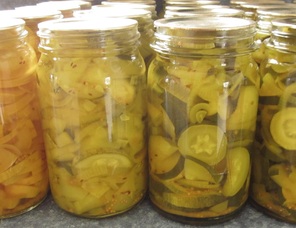
Whenever I have a flood of zucchini in the garden, I put up lots of jars of this pickle to use throughout the year.
As you can see in the above photo, you will get a slightly different look depending what you're using exactly. The jar on the far left was made using yellow zucchini. The left-of-middle is a mixture, but mostly marrow sized ones I took the rind off of. The right hand jars are made with smaller zucchini I could mostly simply slice up and leave the rind on. Cucumbers always look pretty too.
Pickled Cucumber or Zucchini/Marrow
Day 1
Thinly slice 10-12 cups cucumber, zucchini or marrow. If using marrow, remove rind and seeds
Slice 4 or more onions.
Place vegetables in a large bowl. Sprinkle ½ cup salt over, then cover with water. Place a plate in the top to hold the veges under water, cover with a tea towel and leave overnight.
Day 2
Sterilise jars, seals and rings as for overflow bottling.
Strain veges in a sieve or colander. (Rinsing is optional) Drain well.
In a large pot, bring to boil:
4 cups white vinegar
2 (or less) cups sugar (I use 1.5)
1 tsp mustard seeds
1 tsp dill seeds or fresh dill (The last few years dill seed has suddenly stopped being in the supermarket herb/spice section, but you can still find it at Asian and bulk food places. If you can't get it, you can leave it out, but it does as a wonderful flavour and aroma).
1 tsp tumeric
Add vegetables, one colander at a time, return to boil, bottle and seal.
Makes approx. 2 quart preserving jars of pickle.
If you are a novice preserver, see my post on Easy Home Preserving with Overflow Method
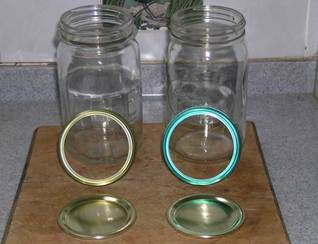

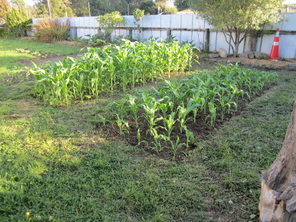
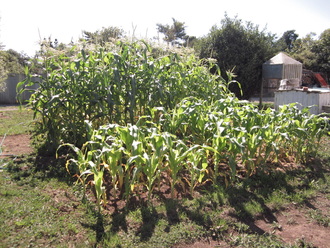
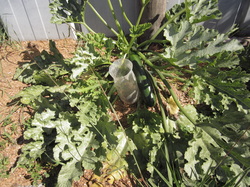
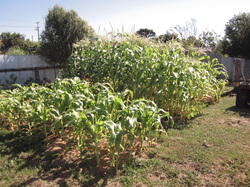
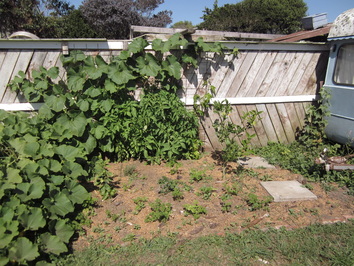

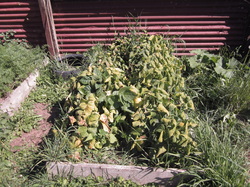
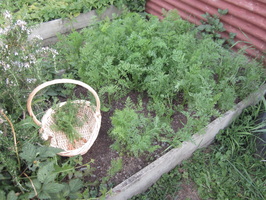

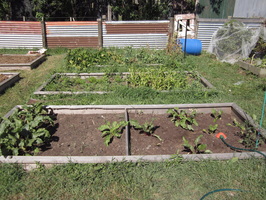
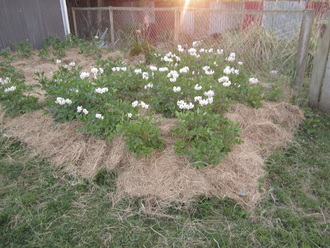
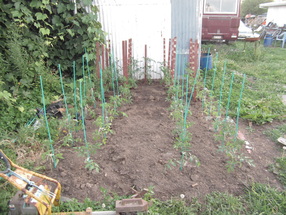

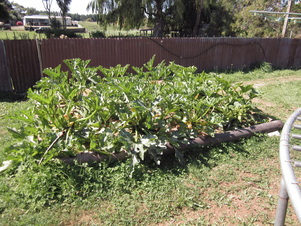
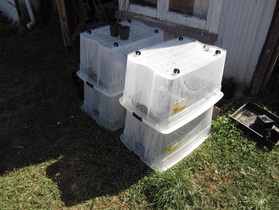
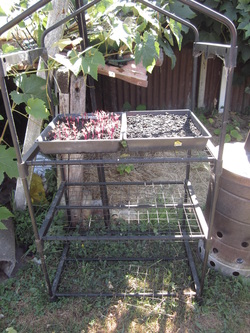
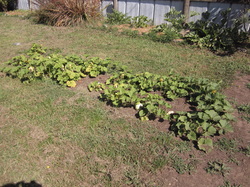
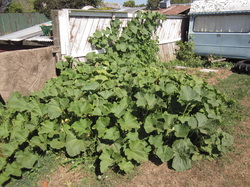
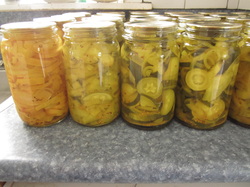
 RSS Feed
RSS Feed
